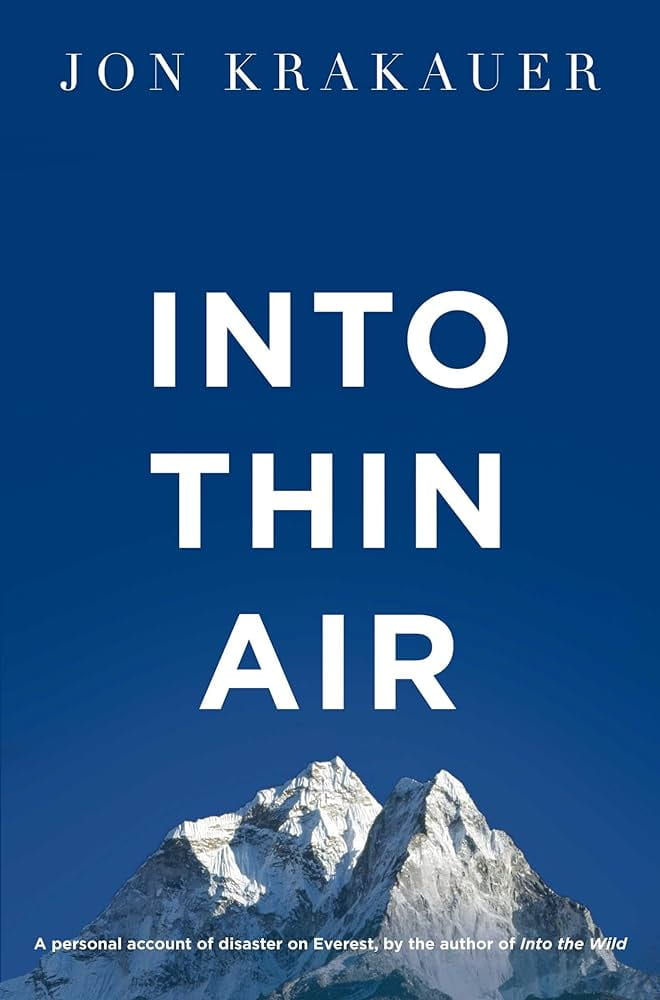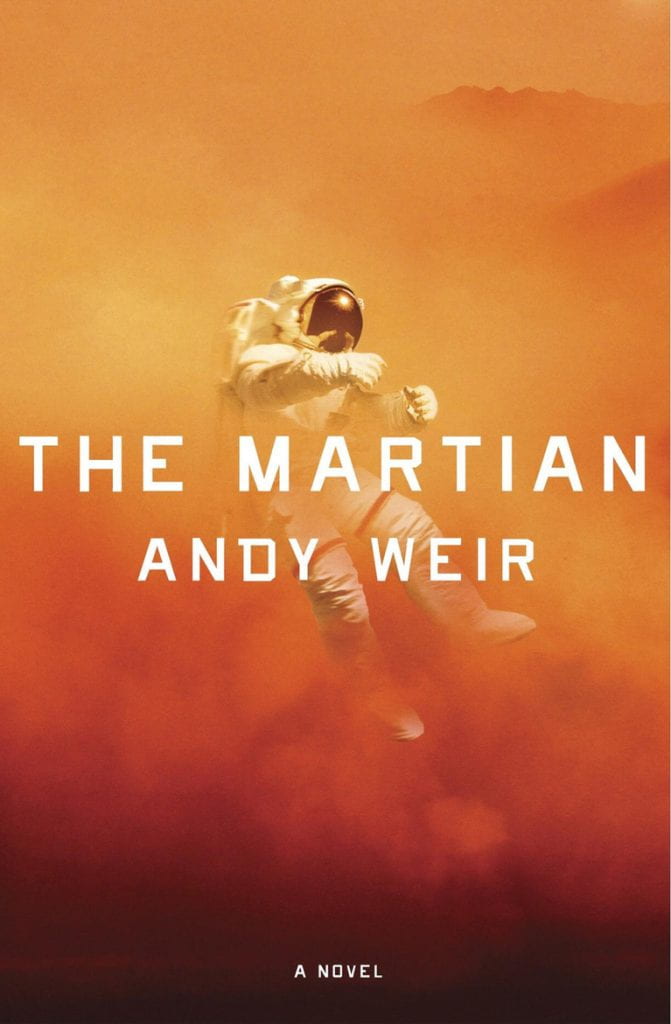In March, I started Into Thin Air by Jon Krakauer; I am on page 150. Jon Krakauer tells of his adventure as a client and journalist on the Adventure Consultants Guided Expedition in the spring of 1996. Krakauer goes into great detail, chronicling not only his expedition but provides mini anecdotes on the other simultaneous Everest expeditions and past Everest expeditions (for example, Sir Edmund Hillary and his Sherpa Tenzing Norgay’s 1953 summit of Everest; the first of its kind.) My favorite character was Jon himself because he is kind. There’s a quote on page 148 to support this idea on page 148, “…snapped a few photos of Doug posing with a flag the Kent schoolkids had asked him to carry up the peak…” In this line, Jon does what one would call “an act of kindness”, which is why he is kind. My favorite line can be found on page 25, “None of the climbs I’d done in the past, moreover, had taken me to even moderately high altitude. Truth be told, I’d never been higher than 17,200 feet—not even as high as Everest Base Camp.” I liked this line because Krakauer acknowledges how big of a challenge climbing Everest will be compared to some of the other climbs he’s done. This acknowledgment also tells me he’s also in the process of mentally and physically preparing himself for this endeavor.

